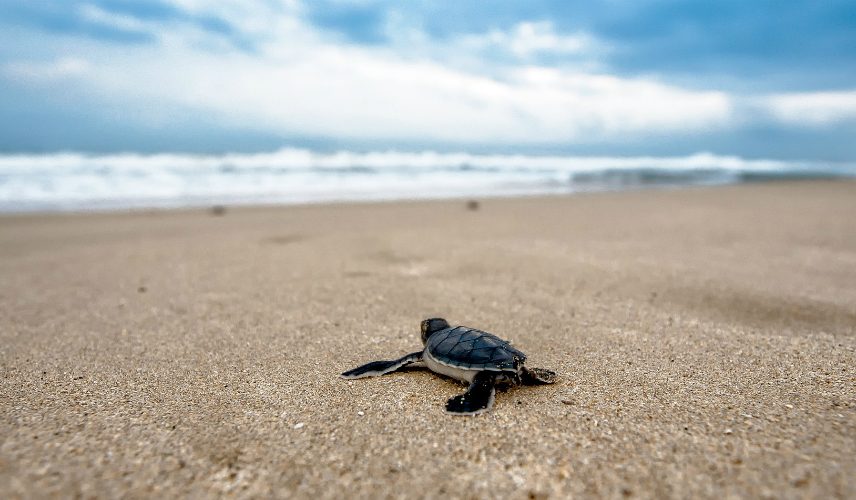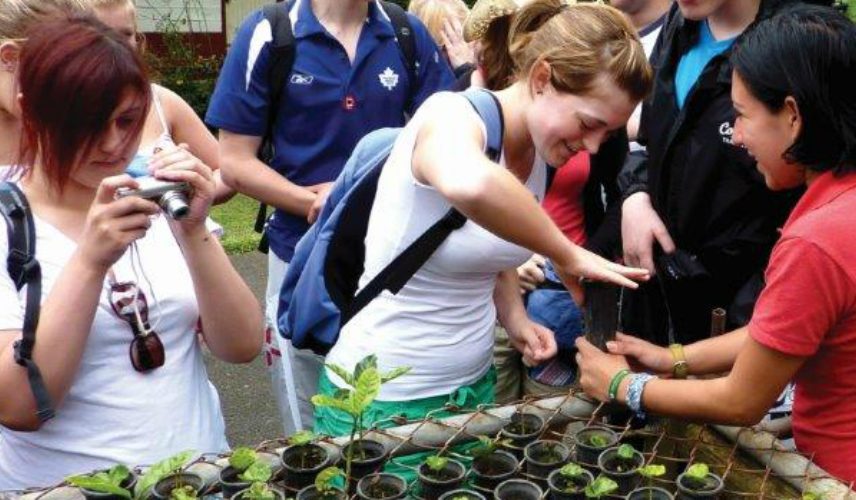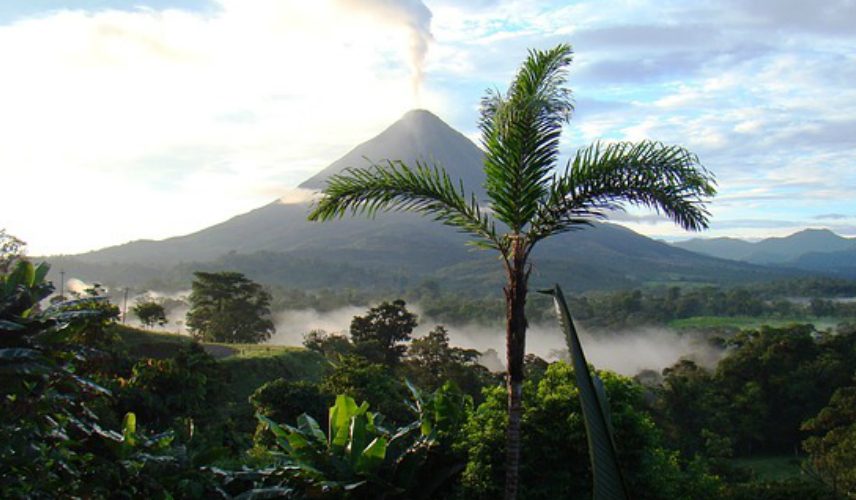School Geography Trip to Costa Rica
Embark on a tailored school Geography trip to Costa Rica and experience a range of stunning sights and exciting excursions. From the forested slopes of its volcanoes to the coral reefs found on both coasts, students will soon learn that Costa Rica is one of the most biologically diverse nations in the world.
Highlights of a school Geography trip to Costa Rica
Discover more about the turtles' natural habitat
Visit the snorkelers' dreamland of Cahuita
Trek into the Arenal National Park
See the colourful city of San José
St Ivo SchoolThe trip was incredibly well planned, and easy to lead. The staff are really helpful and kind and are quick to act on any queries or problems that arise.
Suggested itinerary
What's included
Recommended excursions
Costa Rica’s capital city is the focal point for the country’s economic, political and industrial activities and remains a popular tourist destination. Due to significant urban migration, the city has turned from an agricultural community to a sprawling metropolis located in the Central Valley.
Spend time at a volunteer Project at a seasonal nesting area for leatherback turtles where biologists, volunteers and scientists work together to preserve the natural habitat of this docile animal. Groups can help with a host of important projects and discover more about the turtles’ habitat.
Rows of coconut trees, pristine white sandy beaches and crystal clear waters are perfect for studying the ecosystems of the Caribbean Coast. This unique opportunity to study the coral reef up close to the shore will allow students the chance to explore the many species of fish that live in this ecosystem.
The majestic Arenal volcano is the most active volcano in the region. Located beside the largest lake in the country, the volcano provides hydroelectric energy and is an important source of irrigation for agriculture. Trek into the Arenal National Park and enjoy a stop at the mineral Baldi hot springs.
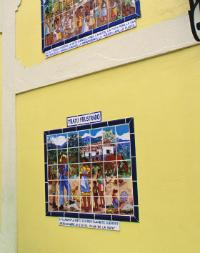
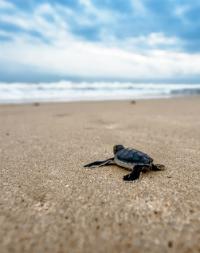
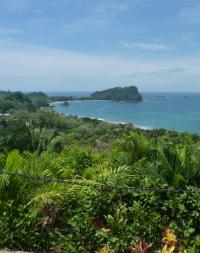
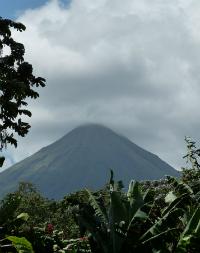
Learning outcomes
Subject focus
Students can:
- Discover more about the turtles’ natural habitat
- Identify the role of communities in undertaking a conservation project
- Explore the effects of plate tectonics
- Explore the many species of fish that inhabit a coral reef
- Observe geographical phenomena, both human and physical, first-hand
- Carry out case studies and projects of the local area and ecosystems
Student outcomes
Students will have had an opportunity to:
- Study the actions taken by groups to preserve the turtles’ natural habitat
- Understand the role of nocturnal beach patrols and additional projects in the conservation of turtles
- Study the management of tectonic hazards
- Study the flourishing brain coral and brightly coloured tropical fish that live in an ecosystem
- Explain the rise of ecotourism
- Develop relevant fieldwork and geographical enquiry skills

